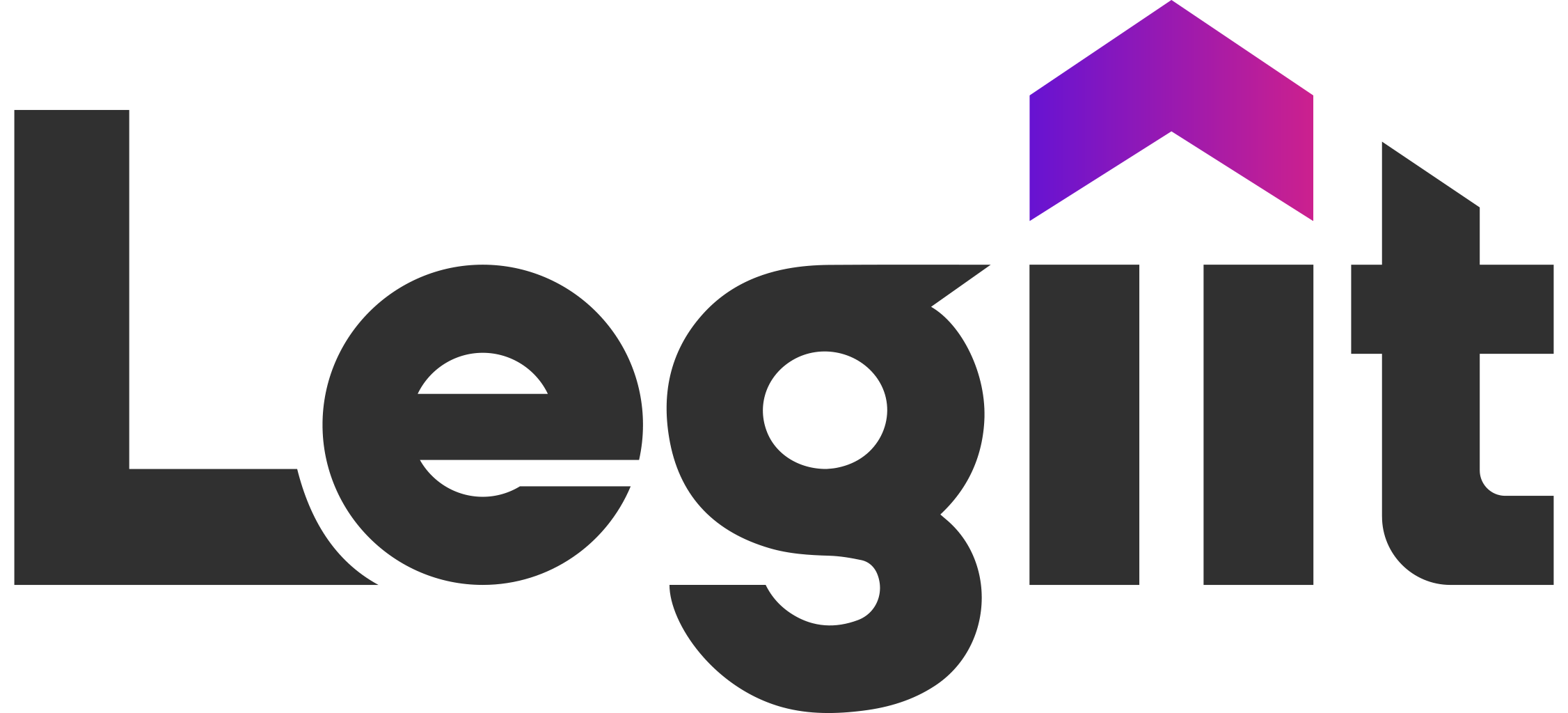Picture this: You have an amazing product and a highly funded website. However, it fails to attract traffic, and what little it does exits the website within a few seconds. So, what is the problem here? Is it SEO? The product? Or the Navigation Menu?
Well, it could be either or a combination of all three, but if you have spent a considerable amount of money and effort on the product and the SEO optimization, the most probable cause could be the website navigation design.
In other words, the user experience of visiting your website is unsatisfactory, and users struggle to understand the website layout. Hence, they exit the site prematurely without any engagement.
If you’re struggling with the same issue, don’t worry. In this article, we will discuss the impact of navigation design on user experience and how you can improve it;
Impact Of Navigation Menus On SEO
Search engines use the navigation menu to crawl and index the website's pages and rank it based on user queries. Now, if you have created a well-structured navigation menu, it will significantly impact the website's rankings and user experience.
But more importantly, a user-friendly navigation menu enhances the overall user experience by providing easy access to the website's various sections and pages. This leads to lower bounce rates and increased time spent on the website, both of which are positive signals for search engines.
Dos and Don’ts
Navigation design isn’t hard to master. It’s all about making your website layout easy to understand so users can move from one page to another without hassle.
During navigation design, consider optimizing the menu with relevant keywords and anchor text to help search engines better understand the content of each page and improve rankings.
However, it's important to strike a balance between an extensive navigation menu and a concise one. Too many menu items can overwhelm users and make it confusing, while too few menu items, on the other hand, can make it difficult for users to find the information they need.
How Navigation Menus Improve SEO
Here is how the navigation design of menu can improve both the user experience and SEO;
- Well-structured navigation menus improve the overall user experience by making the layout easy to understand and navigate for the users.
- A good navigation menu reduces bounce rates and increases the time users spend on the site.
- A clear navigation menu helps search engine bots understand and crawl the website more effectively.
- Navigation menus make it easier for users and search engines to discover content.
- Navigation menus ensure the site is user-friendly across all devices.
- Effective navigation menus boost SEO by helping users reach webpages in just a few clicks from the homepage.
Best Types of User Friendly Navigation Menus for SEO Optimization in 2024
Vertical Sidebar Menu
A vertical sidebar menu appears either on the left or right side of a webpage. It is particularly useful for websites with a large number of pages or categories, as it allows for easy organization and display of various sections or sub-sections.
Hamburger Menu
A hamburger menu is typically characterized by three horizontal lines and is usually the top choice for websites with limited screen space. Upon clicking the icon, the menu expands to reveal the full navigation menu displaying different sections and sub-sections.
Hierarchical Navigation Menu
A hierarchical navigation menu organizes content into multiple levels or sub-levels, often using dropdowns or expandable sections. This menu style is particularly useful for websites with complex content structures or extensive product catalogs.
Mega Menu
A mega menu is a large, expansive dropdown menu that appears when hovering over or clicking on a top-level navigation item. It is ideally used to display multiple levels of sub-categories or sections in a grid-like layout.
Footer Navigation Menu
A footer navigation menu as the name suggests is typically placed at the bottom of a webpage. It often includes essential links, contact information, privacy policy, and other crucial pages.
Flat Navigation Menu
A flat navigation menu is a simple, single-level menu that displays all primary navigation options. The information is displayed usually either horizontally or vertically without any dropdowns or sub-menus.
Breadcrumb Navigation Menu
A breadcrumb navigation menu is used as secondary navigation to display the current page's location within the website's structure.
Tips and Tricks to Designing Navigation Menus for SEO Optimization
Listed below are some tips and tricks to designing navigation menus for SEO optimization;
- Utilize relevant and descriptive keywords in menu item labels to help search engines understand the content of each page.
- Implement proper internal linking structure within the navigation menu to allow link equity flow throughout the website.
- Optimize anchor text for menu items with targeted keywords to improve relevance and rankings.
- Consider implementing a hierarchical or mega menu structure for complex websites with extensive content to better organize and display information.
- Ensure navigation menus are responsive and mobile-friendly, as mobile usability is a crucial ranking factor.
- Incorporate breadcrumb navigation to provide additional context and improve crawlability for search engines.
- Avoid using JavaScript or Flash-based navigation menus, as they can hinder crawlability and indexing by search engines.
- Keep navigation menu structure simple and consistent across all pages for better user experience and easier crawling.
- Utilize HTML5 semantic elements like to clearly define the navigation area for search engines.
- Limit the number of menu items to prevent overwhelming users and diluting the relevance of each page.
- Regularly review and update navigation menus to reflect changes in website content and structure.
- Monitor and analyze user behavior data to identify opportunities for improving navigation menu design and usability.
Conclusion
While a well-structured website and SEO optimization are key to website success, paying attention to navigation menus is just as important. Proper navigation design not only helps users find the desired content easily and increases the time spent on the website, but it also reduces bounce.
Vertical sidebar, hamburger, and hierarchical, amongst others listed above, are some of the most user-friendly navigation menus that you can employ based on your website's content structure and target audience.
Also, remember to optimize the navigation menu with relevant keywords to improve crawlability and search engine rankings.
Through these efforts, users can easily improve their overall website experience and drive more organic traffic.








 Up & Coming Talent
Up & Coming Talent




 Download
Download